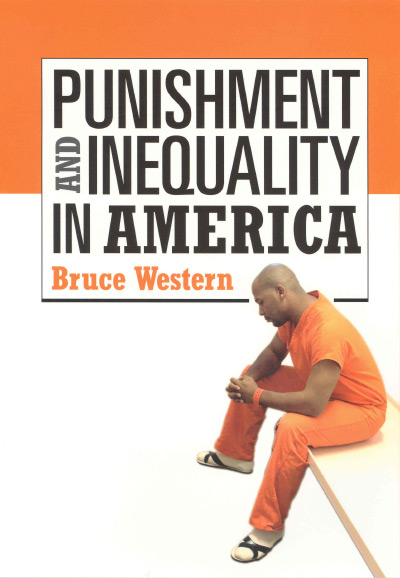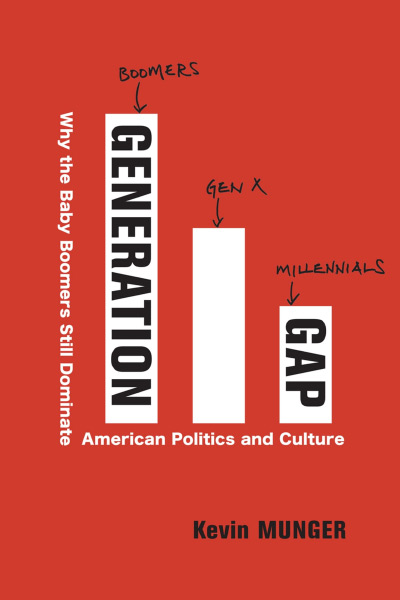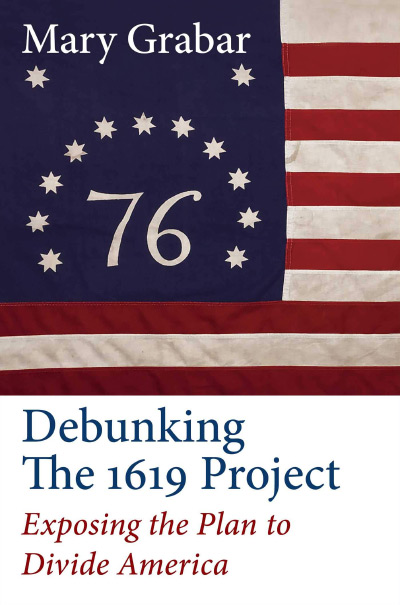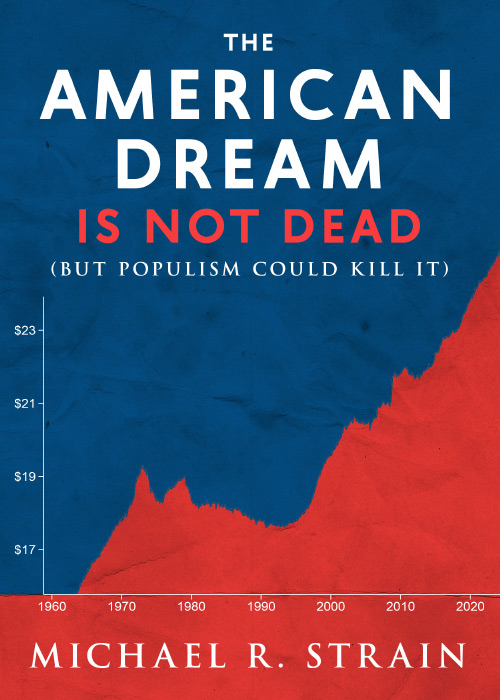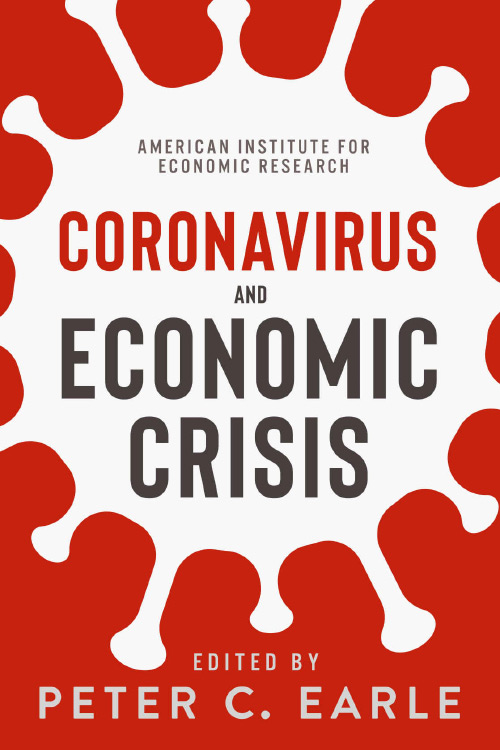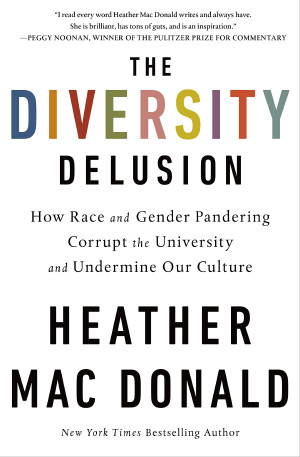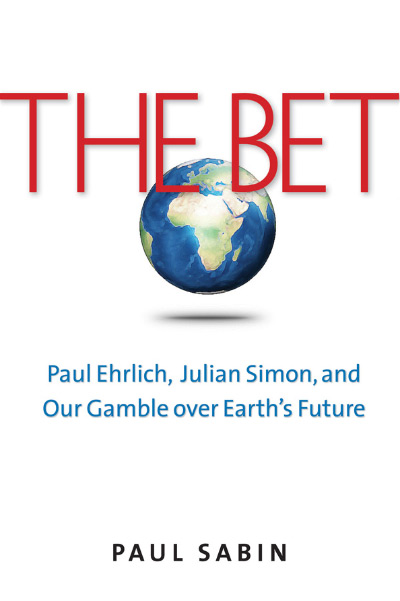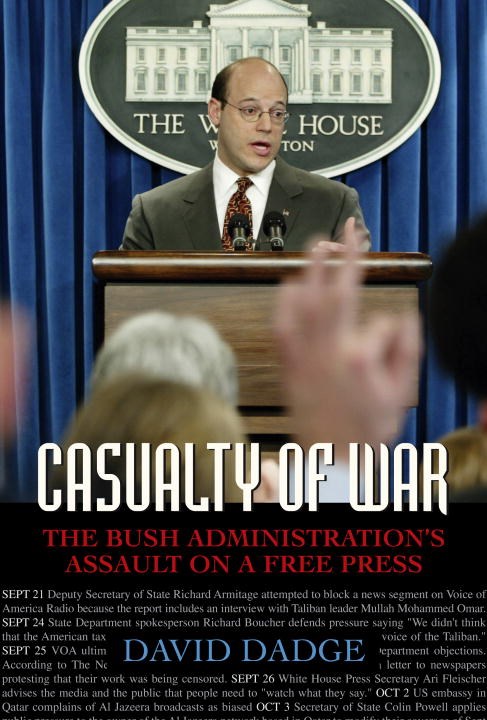Over the past decade or so, the rate of violent crime has reached lows unseen in the United States since the early 1960s. Between 1993 and 2001, it plummeted by nearly half, and politicians scrambled to take credit. In 2008, for example, Rudy Giuliani’s Web site triumphantly proclaimed that he “put more cops on the street and more criminals in jail. He cut crime in half and reduced murders by two-thirds.” In Punishment and Inequality in America, Bruce Western tells the other side of the story. As crime fell during the last two decades of the twentieth century, the prison population soared, often with disastrous consequences for the most vulnerable in society. Between 1975 and 2001, the number of prison and jail inmates per one hundred thousand people rose more than threefold. By the beginning of the new century, the U.S. rate was six times higher than that of western Europe. Even crime-ridden and authoritarian Russia did not match that level.
The trend toward greater reliance on incarceration is relatively new in U.S. history. Until the 1970s, the rehabilitative model still predominated. The criminaljustice system emphasized corrective measures through such methods as indeterminate sentencing and parole. Many offenders served all or part of their time in community service. Parole officers, who often were purveyors of valuable job information, were the system’s main gatekeepers. By the 1980s, the rehabilitative model had come under withering fire from politicians who pushed a punitive law-and-order approach. Many states had begun to phase out parole and to establish mandatory minimum sentences or otherwise to limit judicial discretion. “Three strikes and you’re out” laws soon followed. Although Republicans formed the vanguard of these reforms, Democrats also joined. During the administration of George H. W. Bush, for example, Democratic senator Joseph Biden boasted that his proposed bill would establish “the death penalty for 51 offenses. . . .The President’s bill calls for the death penalty on 46 offenses” (p. 61).
As states started to lock up more people, incarceration became almost a way of life for many groups in society. In 1980, for example, about one-tenth of black male high school dropouts between the ages twenty and forty were in jail, but by 2000 an astounding one-third were in this category. A black man in his thirties was more likely to have a prison record than to have graduated from a four-year college. As Western notes, “despite the end of welfare as we knew it, government has not withdrawn from the lives of America’s poor: its role had simply changed. More punitive than limited, government had reached into poor communities by sending record numbers of young men to prison and jail at a time when crime rates were at their lowest levels in thirty years” (pp. xi–xii).
Western disputes the contention that imprisonment was the main factor that led to the decline in serious crime. To give a more complete picture of what actually happened, he considers separately the role played by violent crime on the one hand and nonviolent (primarily drug-related) crime on the other. He argues persuasively that incarceration brought only a minimal dip of 2 to 5 percent in serious crime from 1993 to 2001. Tellingly, crime often fell at similar rates for individuals regardless of whether they came from groups that had significant rates of incarceration. For example, it declined dramatically both for young men, who had high rates of imprisonment, and for juveniles, who did not. “These findings,” Western concludes, “were consistent with a sociology of punishment in which trends in crime are only loosely and indirectly related to the scale of imprisonment” (p. 182).
In the case of drug offenses, imprisonment does not seem to have had a significant deterrent effect. Because the profit incentives for illegal drugs were so lucrative, new entrants moved in rapidly to replace dealers taken off the streets. The main consequence of greater arrests was to clog the prisons further. By the end of the 1990s, drug crimes accounted for an astounding 60 percent of all inmates in federal prisons. This trend led even James Q. Wilson, a scholar often cited by defenders of the prison boom, to conclude that “very large increases in the prison population can produce only modest reductions in crime rates” (qtd. on p. 177). Although drug use plummeted during this period, record numbers of Americans went to jail for drug offenses.
As Western points out, no group has suffered more than blacks from the war on drugs and the related prison boom. Although blacks had always endured a double standard in arrests, the racial gap grew even wider during the 1990s. The ratio of black to white arrests skyrocketed from two to one at the beginning of this period to about four to one at the end. By all indications, this racial disparity had no connection to drug use. Surveys of high school seniors showed that whites tried illegal drugs more often than blacks did and were twice as likely to visit an emergency room for drugrelated reasons.
The most compelling parts of Western’s book underline the prison boom’s devastating consequences for poor communities, in particular minority communities. Contrary to some researchers and politicians’ claims, the government did not ignore the poor beginning in the 1980s. As a result of the prison boom, it became more deeply involved than ever in their lives. In recent decades, the government, “rather than withdrawing from the lives of young disadvantaged blacks, signifi cantly increased its role [among them]. Lawmakers who, in other contexts, would celebrate the value of limited government and free markets, adopted policies that massively and coercively regulated the poor” (p. 105). Former convicts of both races have major disadvantages in the labor market. Their chances of being hired are much lower not only because they lack references, but because they have never learned good work habits. When they do get jobs, their earnings deficit is often in excess of 30 percent.
The prison boom has proved one of the single greatest enemies of a stable family life. Few factors have contributed more to the growth of female-headed families. The stigma of incarceration makes for a less desirable matrimonial mate. As Western points out, “a man’s criminal record also signals his ability to care and provide for his family. While poor women care about men’s economic status, they also worry about men’s honesty and respectability” (p. 140). Nowhere is the racial gap greater than in the rate of marriage. Whereas 95 percent of white former inmates marry by age forty, only 43 percent of blacks do so. Many former convicts have children outside of marriage, but relatively few have stable relationships, and they are much more likely to abuse their girlfriends. According to one study, rising rates of imprisonment among black men in the 1980s led to a 19 percent increase in single-parent families. In 1980, fewer than 2 percent of black children had a father in jail, but twenty years later more than 8 percent did.
Of course, without stable families or romantic relationships it is almost impossible to create and sustain the social capital necessary for the survival of poor neighborhoods. Prison terms, “often in distant facilities, can thin the ranks of friends and acquaintances who might help former prisoners find work” (p. 113). Incarceration also nurtures the more destructive forms of social capital by fostering ties between former convicts and others with criminal lifestyles. Social capital cannot survive without high levels of trust and reputation, which prisons serve to undermine. Many former convicts have nobody to vouch for them when they try to reenter the job market or establish credit.
Western is much less convincing, however, when he discusses the historical background. He leaves a false impression of continuity when he implies that poverty has always been the root cause of imprisonment and the related breakdown of the black family. “Weak marital and family connections,” he writes, “long predated the prison boom in poor black neighborhoods” (p. 133). The historical record points in a different direction. The pathbreaking work of Herbert Gutman in The Black Family in Slavery and Freedom, 1750–1925 (New York: Vintage Books, 1977), which Western does not mention, makes a strong case that black families in the late nineteenth and early twentieth centuries were almost as likely to have a husband present as their white counterparts. Although a gap to the detriment of blacks had become apparent by the 1960s, two-parent families still represented an overwhelming majority of the total. Western makes much of the fact that W. E. B. DuBois and E. Franklin Frazier “traced family instability among poor urban blacks to the legacy of slavery and the deprivation of irregular employment and low wages” (p. 134), but he fails to put this observation into perspective. The problems DuBois and Frazier identified were on a vastly smaller scale compared to the current norm of single-parent families.
Although Punishment and Inequality in America gives a thoroughgoing indictment of the punitive approach of mass lockups, it will not inspire confidence in the traditional alternative of rehabilitation. Western is not completely dismissive of “reentry programs” that stress job training and education, but he ultimately rejects this approach as “much more an adaptation to mass imprisonment than a step to decarceration” (p. 197). Consistent with his single-minded poverty-centered approach, he somewhat vaguely recommends a policy of “promoting a viable legitimate economy in ghetto neighborhoods” (p. 197). He has nothing at all to say about the possible alternative of restitution, a word that never even appears in the book. This omission is somewhat surprising, given Western’s concerns about incarceration’s destructive effect on inmates’ families, work histories, and communities. Restitution can allow offenders to serve their sentences outside of prison and at the same time enable them to maintain (as Western puts it in another context) “the web of social connections that often restrains crime in urban areas” (p. 109).
Despite a lack of adequate historical context and some other shortcomings, Punishment and Inequality in America tells a sobering story of what the prison boom has wrought. Western has exposed much of the ugliness that lies behind the urge to incarcerate people as a quick and easy solution to crime. Most important, he accurately puts this phenomenon in its proper context as a case study in interventionist government and social engineering. The book offers much to scholars who want a better understanding of the prison-industrial complex’s unintended and negative consequences for the poor.


